Valparaiso 2012
Like a sister city to San Francisco, Valparaiso is full of colorful public art, a strong café culture with rich political debate, and lots of dogs and cats.
I’m very much looking forward to my return visit!
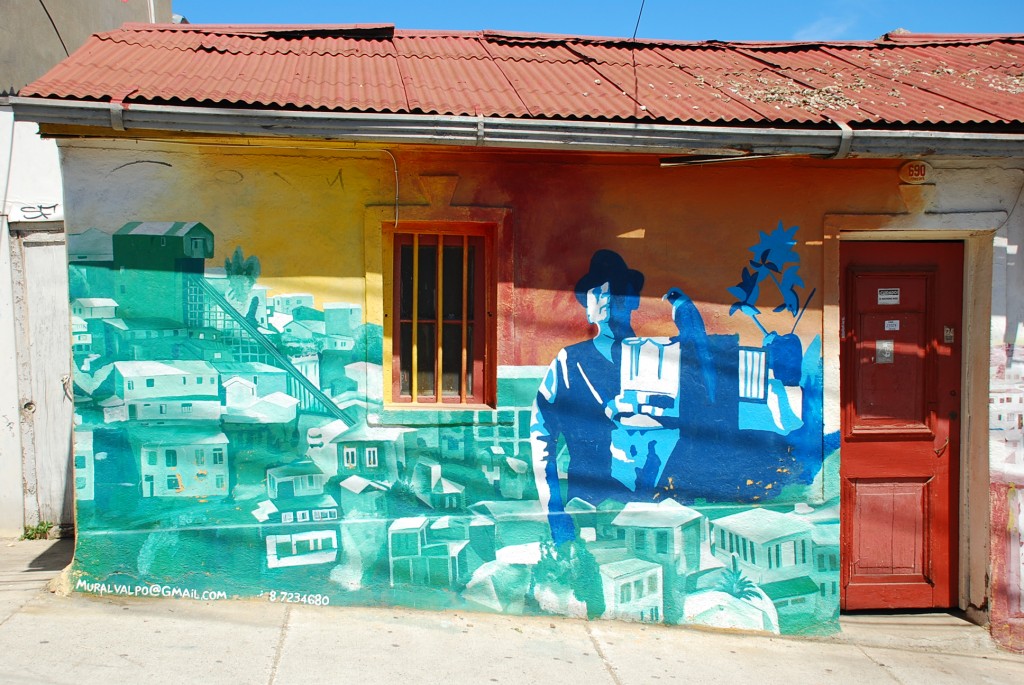

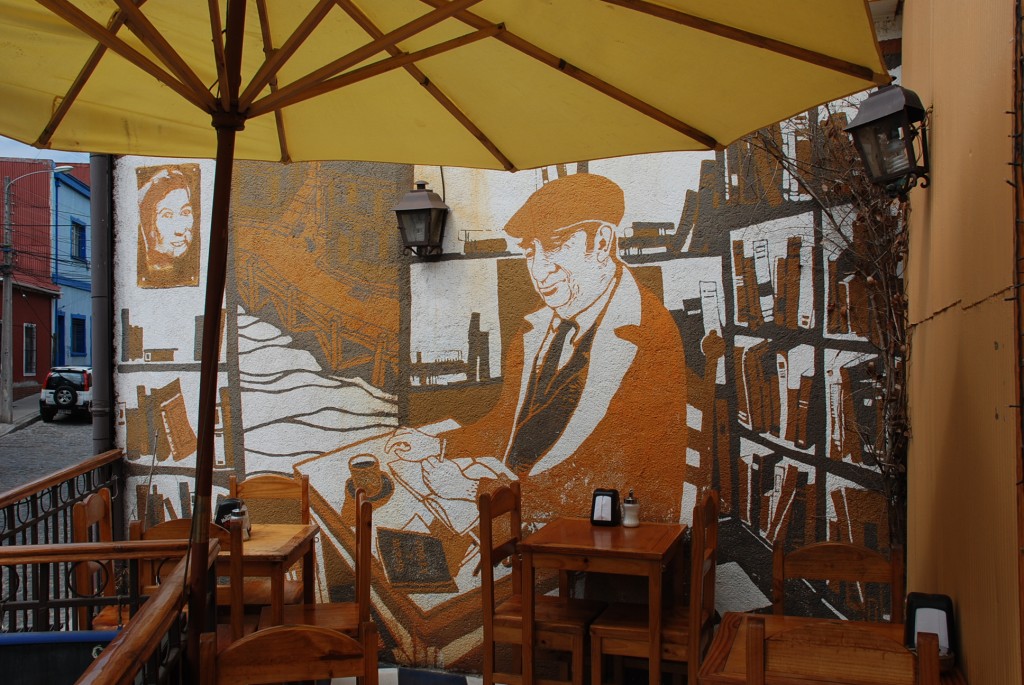

Like a sister city to San Francisco, Valparaiso is full of colorful public art, a strong café culture with rich political debate, and lots of dogs and cats.
I’m very much looking forward to my return visit!




San Francisco Mission District
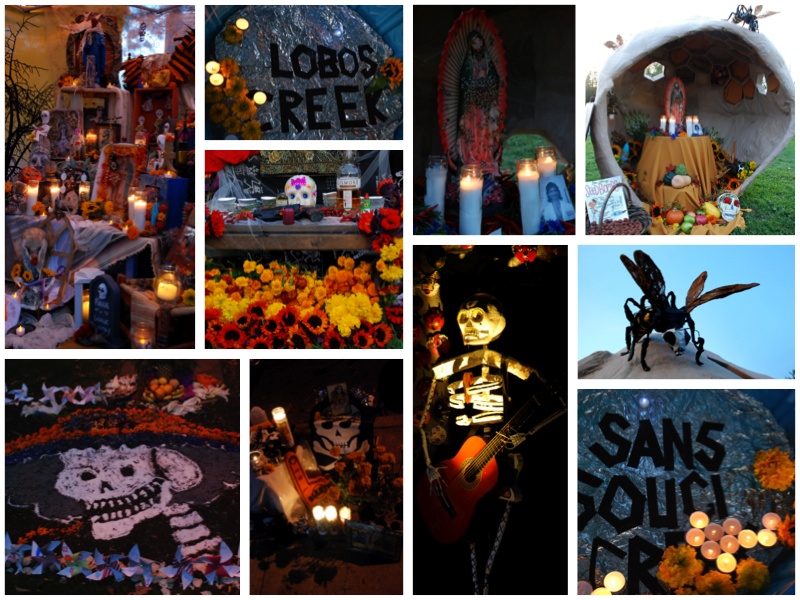
On October 20, 2012, I attended the 3rd Annual Earth Medicine Alliance Conference, Celebrating Ancestral Wisdom.
This year’s conference was just as powerful for me as last year’s. Being surrounded by a room full of spiritual leaders can be a very humbling experience. For me it brings into clear focus my humanity, the importance of honoring my history and clarifying my purpose, and how every action has a ripple effect on all other life forms and the world.
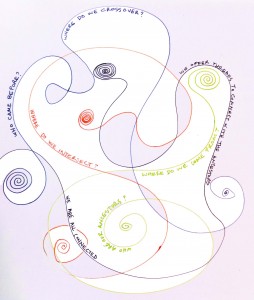 There were various earth-honoring and spiritual leaders and thinkers at the conference, each having something wonderful and powerful to offer the conference attendees. One of the break out sessions I attended was an Interfaith Ancestor Reverence Panel Discussion with Orisha/Ifa priest Baba Ifagbemi Faseye Obafunso, Metis Elder Hua Anwa, Spiritual Leader of Sharanya Chandra Alexandre, and Mystic T. Thorn Coyle. I loved hearing how each different belief system pointed in the same direction. It was a resounding message of love, compassion, and respect for each other, mother earth, and our interconnected web of life.
There were various earth-honoring and spiritual leaders and thinkers at the conference, each having something wonderful and powerful to offer the conference attendees. One of the break out sessions I attended was an Interfaith Ancestor Reverence Panel Discussion with Orisha/Ifa priest Baba Ifagbemi Faseye Obafunso, Metis Elder Hua Anwa, Spiritual Leader of Sharanya Chandra Alexandre, and Mystic T. Thorn Coyle. I loved hearing how each different belief system pointed in the same direction. It was a resounding message of love, compassion, and respect for each other, mother earth, and our interconnected web of life.
There is still much to integrate from the conference teachings, but I have already shifted how I’m engaging with others in a more open and honest way with more love, compassion and respect.
How appropriate that the conference is held at the Unitarian Universalist Center of San Francisco. I look forward to this conference every year as it helps me to ground and center myself in my life and my work.
Thank you Earth Medicine Alliance for all that you do to support earth-honoring religious teachings and spiritual practices. You have my deepest respect.
What does it mean to have an integrated east-west approach to architecture?
For me, it means having a foundational understanding of both eastern and western design philosophies and responding to design challenges in a way that is true to both perspectives. Finding this balance isn’t always easy, but it is possible. It took me over 10 years to develop an integrated east-west approach to architectural design. The beauty of this approach is that you don’t have to chose one way of thinking over another, the integrated design provides universal harmony and balance.
My journey began with my formal studies of western architecture in 1992 at California Polytechnic State University in San Luis Obispo, California. The philosophy of the school was “learn by doing” so the curriculum cultivated an interactive and hands-on approach to architectural design and practice. Upon receiving my degree, I felt excited and ready to began practicing architecture.
Initially, I found myself leading design efforts for urban development and mixed-use projects, with a strong focus on the beautification of outdoor space. After a few years, my focus shifted to whole building design with an emphasis on community based buildings. This work allowed me to deepen the purpose of my work by giving back to the community and connecting with the building occupants who would experience my architecture on a regular basis. I enjoyed working on community centers and libraries because the work was dynamic, interactive, and full of functional and sustainable challenges.
After working on community oriented projects for about 8 years, I decided to deepen the sustainable focus and spirit of my work with explorations into eastern perspectives on design aesthetics and building traditions. In 2010 I began my formal studies of classical feng shui to broaden my design sensibilities and re-inspire my creativity in preparation for working with residential clients.
As I deepened my studies of classical feng shui, I started to see a multitude of connections and crossover between western design ideals and eastern methods of designing for balance and harmony. These connections lead me to develop an integrated approach to design that takes into account both the eastern and western perspectives.
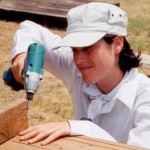 I’ve always wanted to be an architect for the people, to focus on human needs and desires rather than the politics of building. Over the last few of months I have been providing architectural consulting services to residential architects in San Francisco. This has given me the opportunity to work on residential remodels and begin to integrate my holistic design sensibilities into residential planning and design.
I’ve always wanted to be an architect for the people, to focus on human needs and desires rather than the politics of building. Over the last few of months I have been providing architectural consulting services to residential architects in San Francisco. This has given me the opportunity to work on residential remodels and begin to integrate my holistic design sensibilities into residential planning and design.
So far, I really enjoy working on residential projects because of the intimate nature of the projects. I love meeting my clients in their homes and seeing the world through their eyes. It’s exciting to work with people who already understand how much their environment affects their quality of life. I enjoy helping my clients find more sustainable materials and resources while bringing form and functionality to their dreams. It is my wish that all my clients may experience the joy of living in a beautifully designed space that looks and feels healthy, inviting, and uplifting.
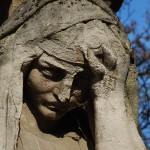 In October, I attended the 2nd Annual Earth Medicine Conference in San Francisco. At the conference I was reminded that by examining my ancestral roots, I can better understand myself and have more compassion and understanding for others. The conference deepened my understanding of indigenous wisdom and the power of cultural traditions.
In October, I attended the 2nd Annual Earth Medicine Conference in San Francisco. At the conference I was reminded that by examining my ancestral roots, I can better understand myself and have more compassion and understanding for others. The conference deepened my understanding of indigenous wisdom and the power of cultural traditions.
As an architect, I’ve studied indigenous architecture, but this conference was my introduction to the broader concept of indigenous wisdom. Similar to indigenous architecture, indigenous wisdom develops in small tribal communities. This wisdom arises out of the community’s relationship to life, their respect for the environment, and their relationship with their ancestors. For me, this notion of indigenous wisdom set the foundation to reflect upon and explore my own ancestral history and cultural traditions.
Because I’m the 3rd generation living in the US, I’m somewhat removed from my European roots, but I know that there is deep suffering and displacement on both sides of my family. My father’s grandfather sent his 5 sons to the US and Israel to escape WWII, while his daughters remained in Poland to care for their extended family and ultimately perish in the holocaust. My mother’s grandfather on the other hand, immigrated to the US from Sicily to establish an Italian import business and build a better life for himself, his wife and their 7 children.
When I was 22, I took a trip to Villabate, Sicily, where my mother’s grandparents lived and where my great grandmother’s bothers’ and sisters’ families still live today. At that time, I met over 50 living relatives over the course of 2 weeks who welcomed me into their homes and helped me reconnect with my Sicilian roots. When I was there something within me re-awakened. It was as if a cellular imprint or genetic code had been activated, and for the first time in my life I felt like I was home. Everything was familiar and easy to navigate, from interpersonal interactions and body language to the local diet and food preparation.
By learning more about my mother’s extended family and drawing out my family tree with the help of my Sicilian relatives, I deepened my connection with my extended family and developed a deep appreciation for the history and humanity of my maternal lineage.
I still have much to learn about my father’s side of the family. The stories are vague at best and I have yet to visit Warsaw and experience the land that holds the story of my father’s ancestors.
While many of us may not have a strong connection with our ancestors or a sense of place in this world, we all have the capacity to learn indigenous wisdom, become more conscious, and develop a good relationship with our environment. But before we can begin to understand others and restore our relationship to the earth, we must first develop an understanding of – and appreciation for – our own ancestral history.
Most of our ancestors have suffered at one time or another…. In order for us to live peacefully and coherently in this world, it is up to us to clear up the past both for ourselves and for our ancestors. We can do this through family research and ritual ceremony. Research helps us understand what happened to our ancestors and ritual helps us let go of their pain and suffering. Rituals are partly for us and partly for the spirits. For this reason, it is important to consider how we honor our ancestors and to ensure that the rituals we perform are effective and sincere.
Some of the ritual work that I did while attending the Earth Medicine Conference included working within the Dagara tradition to connect with the spirit of Water and release some of the deep suffering and sadness that I’ve carried forward on behalf of my ancestors. This was a powerful experience for me and it opened a portal to a new way of dealing with profound unexpressed sadness. I have deep gratitude to the ritual leaders Ukumbwa and Rebecca deGraw for creating a safe space to connect and release.
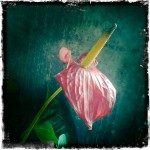 Recently, I learned that wabi-sabi is not only an aesthetic, but also a philosophy born out of a Japanese world-view based on Taoism and influenced by Zen Buddhism. In Taoist cosmology, it is believed that all things that are manifest in the world come from the great void know as the Tao, and eventually everything shall return to the Tao. We are all part of an inter-connected system of life, and everything is in a perpetual state of change.
Recently, I learned that wabi-sabi is not only an aesthetic, but also a philosophy born out of a Japanese world-view based on Taoism and influenced by Zen Buddhism. In Taoist cosmology, it is believed that all things that are manifest in the world come from the great void know as the Tao, and eventually everything shall return to the Tao. We are all part of an inter-connected system of life, and everything is in a perpetual state of change.
As time passes, new things come into being and old things depart. Nature dances with time and offers us the opportunity to appreciate her beauty as time changes her physical appearance. Wabi-sabi philosophy and aesthetics are derived from observations of nature and have been nurtured and refined over many centuries by Zen monks in Japan. The word “wabi” was originally used to describe the lonely lifestyle of a Monk, who had given up all worldly possessions in favor of an austere, simple, and disciplined life. Today it implies a rustic simplicity, quietness, attention to detail, and understated beauty. “Sabi” is used to convey a sense of desolation and wilderness – like reeds after a frost. It it is associated with the notion that all sentient being will eventually die. It is used today to express the physical beauty that is revealed when an object starts to show its age. These 2 words were combined in the 13th century by Zen Monks to describe an aesthetic philosophy that grew out of their humble efforts to express their love of life balanced against the backdrop of life’s impermanence. Wabi-Sabi aesthetics go beyond conventional beauty, seeking to arouse deeper emotions within us that resonate with our intuition and early childhood experiences.
In the Zen tradition, true beauty is experienced when we allow ourselves to be curious and open to change and when we approach life without judgment. Beauty is neither prescriptive nor formulaic. Wabi-sabi aesthetics have deep roots in Japanese culture and are exemplified in the art of tea where every last detail is thoughtfully considered. By attending to beauty through the art of tea, we are able to deepen our appreciation, connection, and reverence for life. Wabi-sabi is always approached with humility and sincerity. It is modest, imperfect, and unrefined. It has the imperfect qualities of nature and humanity and is the colors of autumn. It savors the moment, and accents the beauty of age in the physical world that reflects the irreversible flow of life in the spiritual world.
This blog post was originally published on Harmonious Home
 I recently learned about the Japanese aesthetic referred to as “wabi-sabi.” For many years I’ve been trying to describe this very thing with my somewhat limited English vocabulary. When I stumbled upon the term wabi-sabi in Mother Earth News, it was as if my personal view of the world had finally found a place to settle and be understood… in Japanese culture.
I recently learned about the Japanese aesthetic referred to as “wabi-sabi.” For many years I’ve been trying to describe this very thing with my somewhat limited English vocabulary. When I stumbled upon the term wabi-sabi in Mother Earth News, it was as if my personal view of the world had finally found a place to settle and be understood… in Japanese culture.
The term “wabi-sabi” represents a comprehensive Japanese aesthetic centered on the notion of transience. Some qualities associated with wabi-sabi are impermanence, modesty, asymmetry, simplicity, integrity, and imperfection. The term can be applied to both living and inanimate objects, either natural or man-made. It is with this view of the world that I explore art, design, and photography.
It is truly a blessing to see the world through a lens that reveals the extraordinary in the ordinary, finds strength in weakness, and illuminates beauty in the banal. Wabi-sabi nurtures authenticity and seeks beauty in nature. When encountered, it can bring about a sense of serene melancholy or spiritual longing. It grounds us in our humanity and inspires deep appreciation for all that we are blessed with.
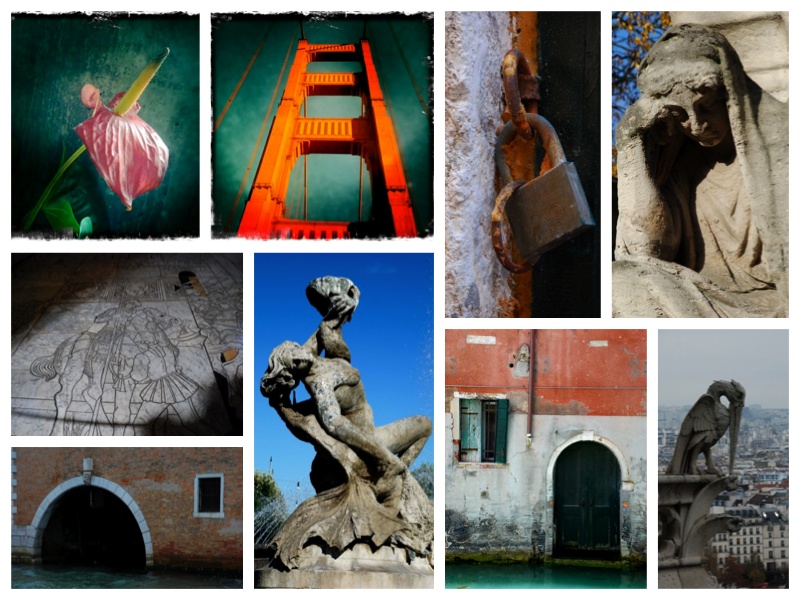
This blog post was originally published on Harmonious Home